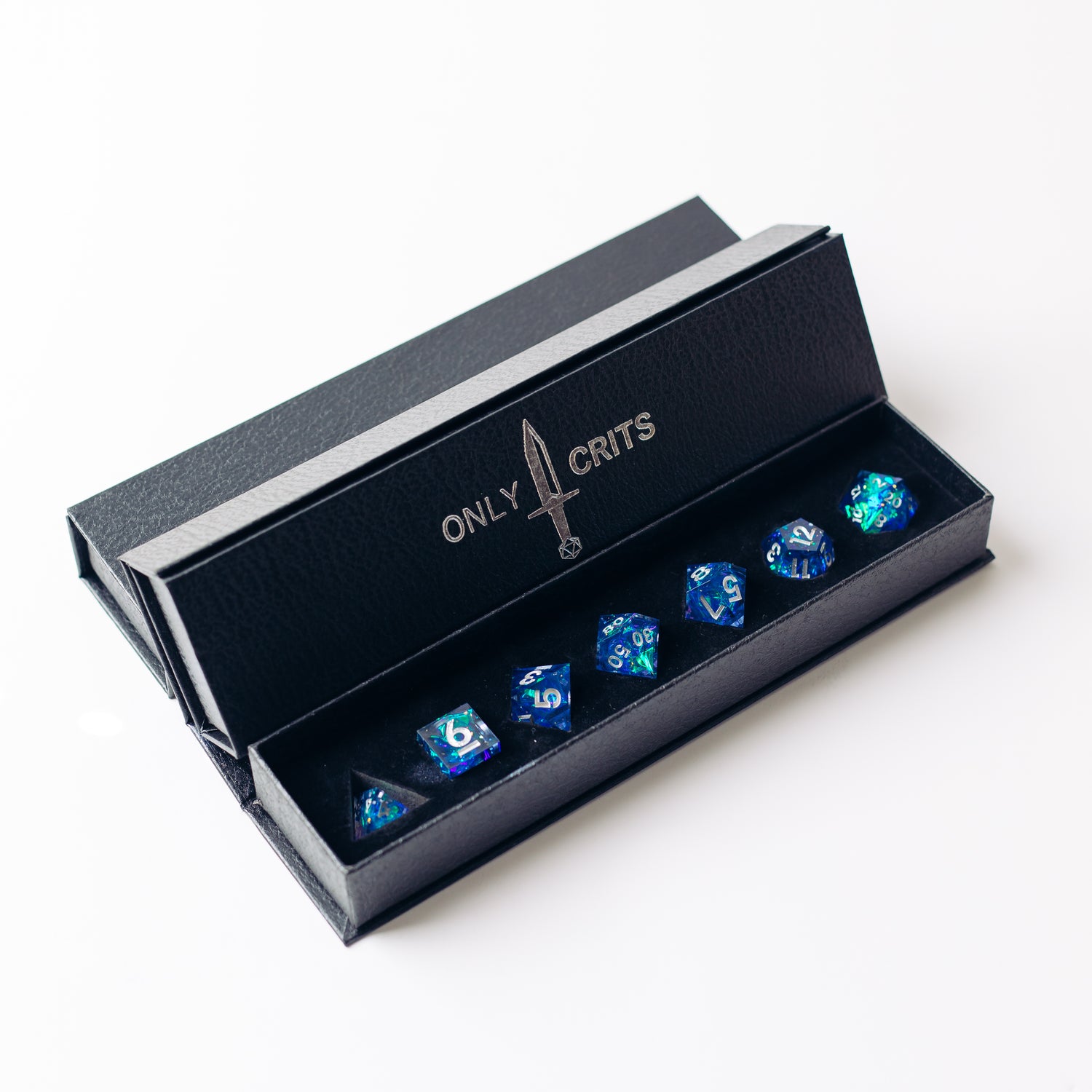Dungeons and Dragons typically utilizes high fantasy settings, characters, magic systems and narrative structures. Part of the beauty of TTRPGs are that they provide such a distinct form of escapism. But what does a game look like that incorporates elements of the real world? Does it provide the same sort of escapism? How would real-world stuff be implemented. Well today we're talking about two different DnD gameplay shows that do just that.
Dimension 20: Fantasy High
It's a show we've talked about before, and one that I will continue to recommend to people. Fantasy High was Dimension 20's first foray into releasing a DnD show online, and it is an incredibly strong start. The concept is that the party is a group of adolescents attending a school for adventurers. It takes place in a suburban fantasy realm that has as many ice cream parlors and motorcycles as it does battleaxes and demons. It is still high fantasy, meaning that the world is entirely new despite obvious connections to other works of fiction as well as our own world. The cast and DM are all incredibly talented comedians who fall into roleplay with ease and grace, the setting is vivid while staying relatable (who doesn't love a good highschool drama?) and the pacing is strict. Episodes tend to alternate between heavy roleplay for an episode and then heavy combat for the next. It is a pattern that works, especially since the players do an excellent job of staying in character during combat, and so avoiding long stretches of time where it feels like you're just experiencing a war gaming session.
Dungeons and Daddies
This podcast takes a different approach to incorporating real-world elements into its story. Rather than adjusting the setting, items and NPCs to include stuff from Earth, Dungeons and Daddies is set in the Forgotten Realms (essentially) but features a cast of characters from Earth. The setup is that four dads are sucked through a portal on their way to a soccer game with their sons, who subsequently disappear. They must quest through the unfamiliar land to find their missing children. The cast and DM are once again an incredibly talented bunch who commit incredibly hard to their roleplay. The DM is often candid about what's going on behind the screen, at least with the little things like items and NPC thoughts, while still keeping the group focused on the goal of finding the kids. It is a campaign with an incredible amount of roleplay, and which places the character decisions firmly in the hands of the player.
Now Students, Compare and Contrast
Despite incorporating elements of reality into their campaigns, the two shows feel very different. This is not at all to say one is better than another, and even stylistically they often strike the same notes, but they are far from the same show. Brennan Lee Mulligan, DM of Dimension 20, portrays a man who has planned for every contingency, has built a world and is happy to allow the players to wallow about in it for a little bit. He is truly an all knowing god, or at least wants you to think he is. Anthony Burch, on the other hand, feels more like a player, someone who is experiencing the game along with the dads. This isn't a bad thing, in fact it can be quite refreshing, and it's probably one of the reasons that the party in Dungeons and Daddies seems to be able to avoid combat so often. This is one of the most marked differences between the two shows: Dimension 20 is stuffed with variety and player decisions, but you can count on a roleplay session followed by a combat session; with Dungeons and Daddies you could have a session where the dads drink beer with a snake or they could be fighting their own kids. Fantasy High sports a larger cast, video, and impressive preparation from their crew and DM. Dungeons and Daddies commits to the game being whacky, funny and going off the rails without ever deviating from the actual plot. If you asked me to recommend one over the other, I would politely refuse.
But what about the real world stuff?
Where we can find a lot of valuable info as DMs is in the application of the real, because here the two shows do differ. One has real world characters, the other has real world items and concepts. First and foremost this proves that you can implement either successfully into an adventure. Secondly, both shows prove that you should implement real world things sparingly, because too much and you're simply roleplaying in the real world. If you want real stuff in your campaign, I would recommend picking one section of stuff (i.e. items, a few characters, the setting, the BBEG, etc.) to steal from reality. Thirdly, if you are going to use elements of Earth as plot points, this can absolutely work, but it must be deliberate and in some way explainable. If you don't want to make it explicitly story based, that works too, but you must notify players that this is how the world works and it doesn't actually tie back to reality at all. Fourth and finally, implementing anything from the real world does not and should not change the style or tone of the campaign that you want to run. If someone wants to play Bobo the Clown teleported mid performance into your gritty Underdark campaign, so long as they're on board with the style that you plan on running (remember to communicate with your players), then that will still work out fine. If you want to drop a Glock into your mythical faerealm world, so long as it is a balanced weapon that will probably work out too. And if things aren't working, change and adapt. That's the beauty of a world that belongs to you. The only way you can break a rule by using real world elements, is if you or your players aren't having fun while you're doing it.



